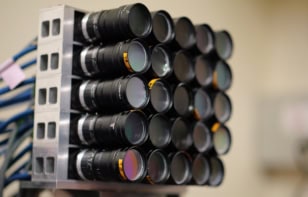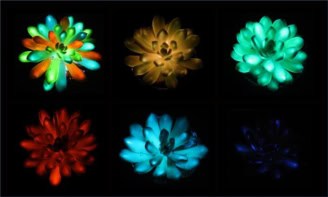Physicists and bioengineers in the Netherlands have developed a new plasma-based approach that could be used in medical procedures such as removing diseased tissue and sterilizing wounds. The “plasma needle” could also offer an alternative to conventional surgery in some cases (E Stoffels et al. 2003 J. Phys. D: Appl. Phys. 36 2908)

Plasmas are ionized gases that are routinely used in materials processing and the semiconductor industry. However, the temperatures in most plasmas are so high that they would immediately kill living cells. Eva Stoffels and colleagues at the Eindhoven University of Technology have now found a way to overcome this problem.
Stoffels and co-workers made their device by applying a high frequency voltage to a sharp tungsten needle 5 centimetres long and 0.3 millimetres across. At the sharpest point of the needle, the electric field is high enough to locally ionize the gas but, because the plasma region is very small – less than 1 millimetre across – the temperature remains low. Moreover, the small size of the plasma means that researchers can precisely address local areas of the sample.
The Eindhoven team then placed the needle about 2 millimetres above the surface of a culture of pre-prepared cells for about 30 seconds. At low power levels they found that the cells did not die, but only temporarily detached themselves from one another. This allowed the researchers to remove the cells completely or to move them in the sample.
“As well as simple cell removal, the technique could also be used to accelerate wound healing by transferring cells into the injured area,” Stoffels told PhysicsWeb. “Furthermore, the plasma source can selectively kill bacteria without damaging body cells and could thus be used to combat infection.”
The group now hopes to improve the precision of its device by developing a scanning probe to include in the needle. It also plans to equip the instrument with a “smart sensor” capable of detecting surface irregularities in real tissue. “This is only a beginning,” said Stoffels. “However, our results give us confidence that plasma will become ‘the surgery of the future’.”



